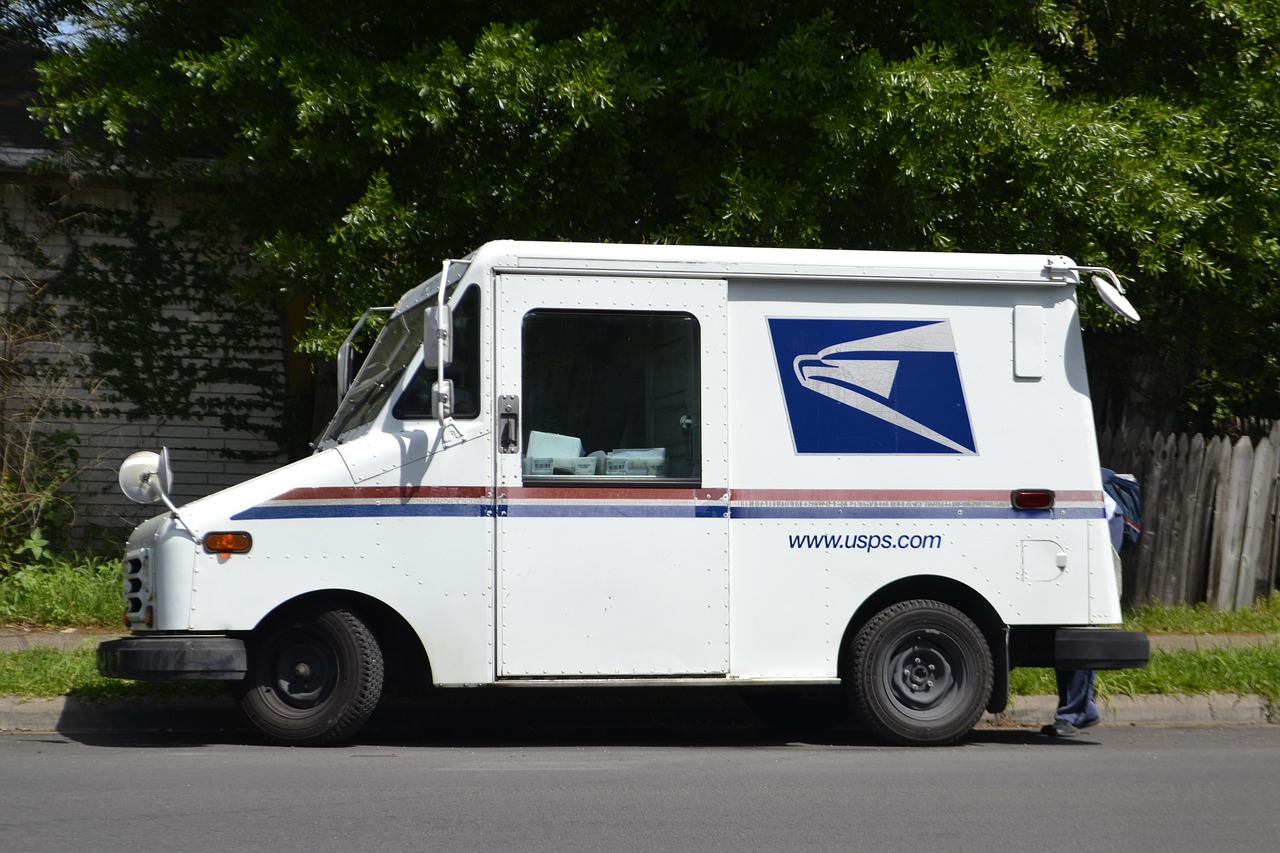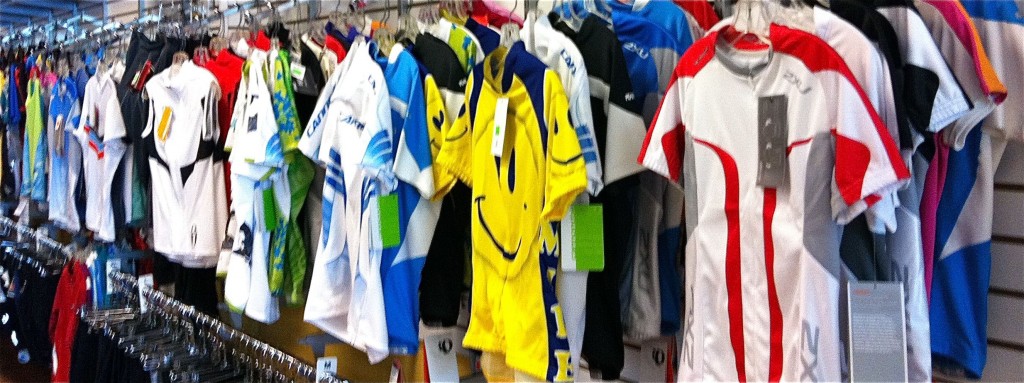Creating Trust through Transparency with Online Sales
As more people have shopped online during 2020 than at any other time, consumers’ trust in online retailers has become more important than ever. However, if a retailer fails to recognize the widening gap between customer expectations and the service and product they deliver, this can lead to disappointed customers, who will ultimately shop somewhere else.
Research has shown that there have been more online shoppers due to the pandemic during 2020 with a growing number of e-tailers to choose from, however the quality of service has varied greatly among retailers.
Some of the problems consumers have encountered include late or non-delivery, purchasing a product that is available during the online shopping process only to find it is unavailable at the checkout, and difficult or impossible follow-up with the merchant after delivery or tracking down a product that has not been delivered.
The reliance on online shopping is expected to continue and increase during 2021, placing more pressure on supply chain, inventory management and customer support and retailers will be required to take ownership of the end-to-end customer experience. Once a customer gains trust in an online brand and the service and products they offer, they will not only shop at that store again, but happily refer the retailer to friends and family.
Implementing tools to manage operational complexities and improve customer communications in order to provide a transparent transaction from the buy button right through to product delivery is sure to set the savvy retailer apart from the competition.
Retailers who are looking at ways to improve upon their customer support and product delivery service levels of 2020 are sure to be the winners in 2021.
xocbox provices retailers with the tools to manage their online and retail operations, including order and inventory management, and customer communication tools. Contact xocbox to learn more.






